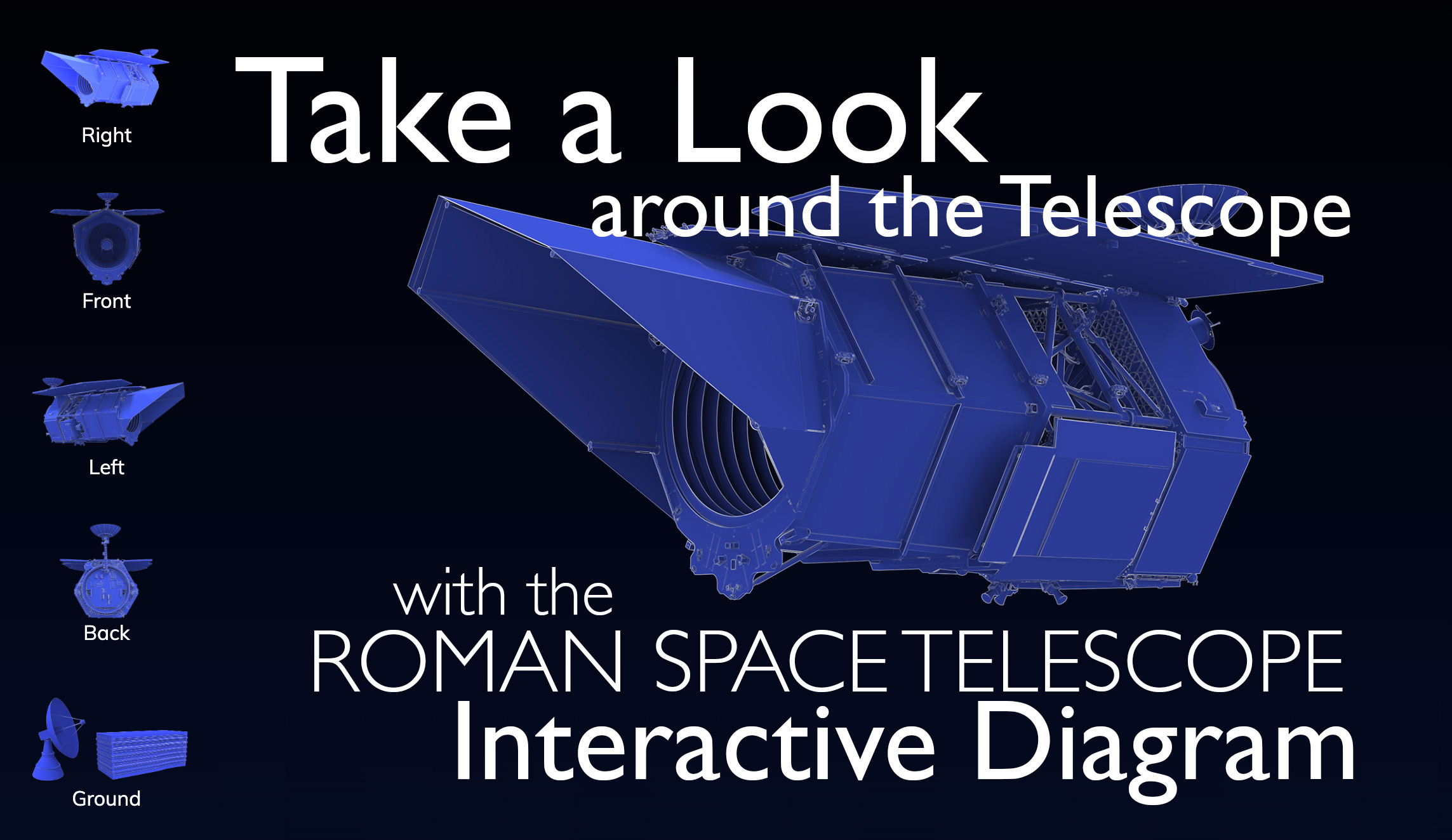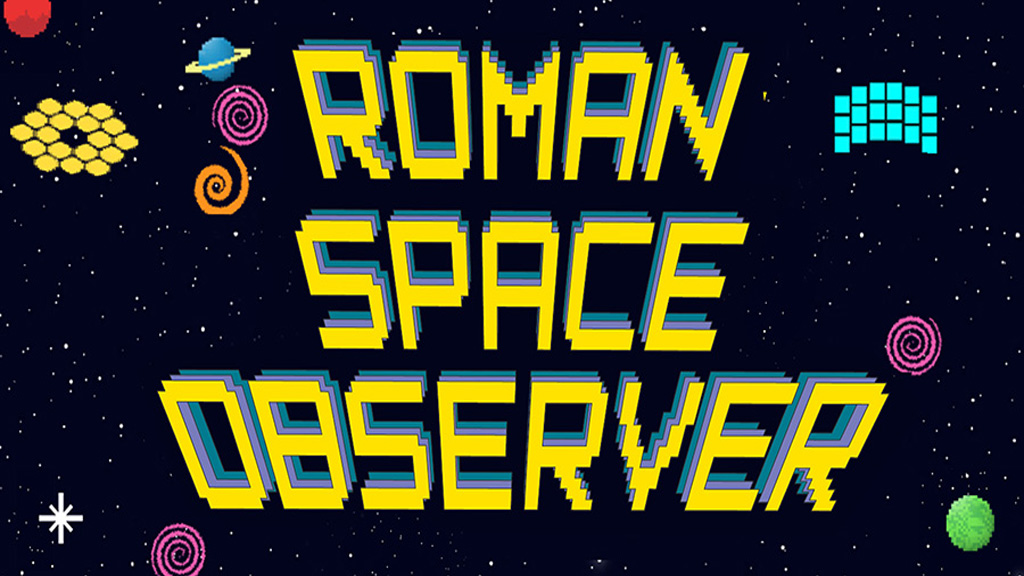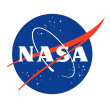Cosmology with the Nancy Grace Roman Space Telescope
Thursday, Jan 27th at 10AM–12PM EST
A virtual seminar on cosmology with the Nancy Grace Roman Space Telescope, discussing currently planned cosmological probes as well as new ideas for cosmological probes with Roman. Talks include an overview of cosmology including weak lensing, baryon acoustic oscillations, and supernovae with Roman; and a discussion of new ideas to explore in Roman cosmology.
Watch the full video of this seminar
Agenda
10:00 AM
Welcome
Committee Spokesperson : Rebekah Hounsell (UMBC/NASA GSFC)
10:05 AM
Cosmology with the Nancy Grace Roman Space Telescope High Latitude Wide Area Survey
Since its discovery in 1998, the accelerated expansion of the Universe continues to present an intriguing mystery. The Nancy Grace Roman Telescope is an upcoming NASA infrared (IR) observatory that will use complementary measurements of expansion history and structure growth in order to investigate the origins of this cosmic acceleration, whether it be driven by the so-called dark energy or modifications to our current understanding of gravity. Roman, formerly known as the Wide-Field Infrared Survey Telescope (WFIRST), was ranked as top priority in the 2010 Astronomy and Astrophysics Decadal Survey. Preparations, including design, construction, analysis infrastructure, and science planning are converging towards operations to commence in 2027. With a field-of-view 100 times that of the Hubble Space Telescope and a design that enables exquisite systematics control, Roman will provide unprecedentedly wide and deep perspectives on the IR Universe. I will discuss Roman in the context of contemporary dark energy experiments and present an overview of Roman’s dark energy and modified gravity program. I will describe a 2000 square degree reference High Latitude Survey, comprised of 1) a spectroscopic component that will deliver ~12 million galaxy redshifts at z>=1 for baryonic acoustic oscillation and redshift-space distortion measurements, and 2) an imaging component that will deliver ~370 million lensed galaxy shapes and ~23,000 massive galaxy clusters for measurements of dark matter clustering (via weak lensing and cluster abundance). This will set the stage for subsequent talks in this session that will dive deeper into the exciting cosmological studies that Roman will enable.
10:20AM
An Updated Reference Time-Domain Survey and Cosmology Forecast with the Roman Space Telescope
The Nancy Grace Roman Space Telescope (NGRST) was the top-ranked large space mission in the 2010 Astronomy and Astrophysics Decadal Survey and promises to revolutionize astrophysics after its launch in the mid 2020s. The Roman High Latitude Time Domain Survey (HLTDS) is unique in its combined large field of view, IR sensitivity, and spectroscopic capabilities, and will discover 2,000-15,000 Type Ia Supernovae (SNe) to be used for cosmology (as well as comparable numbers of non-Ia transients). I will present an updated reference HLTDS designed to meet Roman Dark Energy Science Requirements, but which will also be transformational for a variety of transient science. I will describe recent progress in simulating this survey using the Supernova Analysis Package (SNANA) and Pippin, a pipeline for supernova cosmology analysis. Because of the large numbers of SNe we expect Roman to detect, cosmological inferences are likely to be dominated by systematics, underscoring the need for a better understanding of both SN physics and potential biases related to their environments. I will discuss ongoing efforts toward improving our simulations to maximize Roman’s benefit to cosmology and transient science broadly.
10:35AM
Cosmology With The Roman Space Telescope - BAO and Beyond
I will review the expected BAO-science results from the Nancy Grace Roman Space Telescope. The high latitude spectroscopic survey of the Roman will measure redshifts of the order of 10 million galaxies over 2,000 square degrees in 0.6 years. The galaxies detected through their Halpha emission lines will sample this cosmological volume with a very high density of a few 10^-3 galaxies per cubic Megaparsec up to the redshift of 2. The OIII emitter galaxies will push the redshift range to z ~ 3 with a lower number density. We can achieve a cumulative 1% constraint on the angular acoustic scale and the cumulative 3.5% constraint on the growth rate above z ~ 1 using standard BAO/RSD techniques. I will show how these projected measurements compare with what we expect from other surveys. These measurement techniques are well studied and tested in other redshift surveys and are considered safe from systematics. In addition to the vanilla BAO/RSD measurements, we hope to push the analysis to nonlinear scales, higher orders, and nonlinear structures. The high density of Roman tracers is ideal for all these science cases. I will present forecasts for what we expect from these non-standard probes. I will also discuss additional theoretical work required to make them as robust as BAO/RSD.
10:50AM
Cosmology With The Roman Space Telescope — Weak Lensing And Beyond
The upcoming NASA flagship mission, Nancy Grace Roman Space Telescope (Roman), will significantly increase our understanding of the universe and shed light on the nature of dark energy and dark matter. Among the science portfolio of Roman, weak lensing based measurements are of essential importance due to their sensitivity to both the geometry and the structure growth of the universe. In combination with other probes, such as galaxy clustering, galaxy clusters, SN1a, and BAO it tightly constrains our cosmological model and significantly reduces the impact of systematic uncertainties. In this presentation, I will review the current stage of weak lensing science of Roman, including 1) science goals 2) instrumentation aspects 3) galaxy sample specifications 4) shape measurements 5) broader systematics control 6) high-latitude imaging survey design and performance and 7) multi-probe and cross-survey synergies. I will also present a science forecasting project on kinematic lensing with Roman. Kinematic lensing is a novel technique integrating both the shape and kinematic information of source galaxies and thereby significantly reducing the effective shape noise. Roman poses a highly promising platform to perform a kinematic lensing survey due to its capability of overlapping wide-field imaging and spectroscopic grism coverage.
11:05AM
SN Ia Cosmology and Core-collapse Supernova Science with the Roman Space Telescope
The Roman Space Telescope offers a unique opportunity to enrich our understanding of the expansion history of the universe as well as the nature of dark energy. In particular, Roman will make major strides in the quantity and quality of our supernovae (SNe) dataset. The type Ia SNe dataset will allow for the construction of a higher precision Hubble diagram as well as tightened constraints on w_0 and w_a, while observations of core collapse SNe and other transients will provide new insights into supernova physics. In this talk, I will cover some of the science goals for Roman’s supernova survey, including SNIa cosmology and core-collapse SN science. The SNIa cosmology sample will include both spectroscopic and photometric SN lightcurve data. I will present spectroscopic classification as well as redshift detection efficiency results using Roman Space Telescope prism data and the SNID program. Reliable photometric SN classification algorithms allow us to augment the spectroscopically confirmed SNe Ia dataset with photometrically confirmed SNe Ia. I will present photometric classification results using the SCONE model (Supernova Classification with a Convolutional Neural Network). SCONE is also capable of performing early-time lightcurve photometric SN typing, which can be applied to spectroscopic targeting to perform optimal follow-up observation for core collapse science.
11:20AM
Panel Discussion on Other Cosmological Probes
Dark Matter Substructure
Panelist : Alessa Ibrahim (TCU)
Supernova Explosions of First Generations of Stars
Panelist : Simon Birrer (Stanford)
Time-delayed Cosmology with Lensed Sources
Panelist : Gloria Fonseca Alvarez (U. Connecticut) View Presentation (PDF)
QSOs, and Reverberation Mapping
Organizing Committee:
Benjamin Rose, Michael Wood-Vasey, Kris Pardo, Rebekah Hounsell, Justin Pierel, Henry Gebhardt, Patrick Kelly
If you have any questions about the presentations and their content please contact the organizers.











